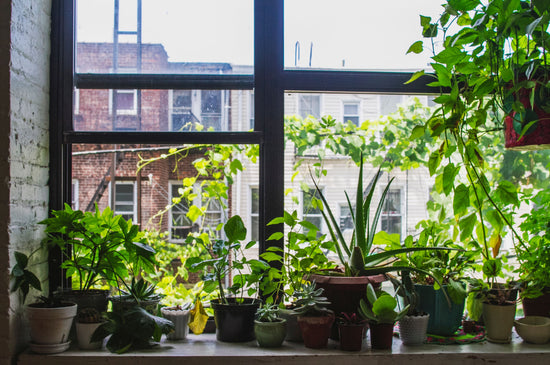Are Fruit Tree Leaves Edible?
Fruit trees are a staple in gardens and landscapes, valued for their delicious fruits and lush greenery. But have you ever wondered if their leaves are edible? The answer depends on the specific fruit tree, as some leaves are safe and even beneficial to consume, while others may be toxic. Let’s explore the edibility of fruit tree leaves and their potential uses.
Explore a variety of fruit trees in our Fruit Trees Collection to add beauty and functionality to your garden.
Edible Fruit Tree Leaves
-
Mulberry Leaves
Mulberry leaves are not only edible but also packed with antioxidants. They are often used to brew tea, which is believed to have health benefits like improving blood sugar levels. Consider adding an Everbearing Mulberry Tree to your garden for its leaves and berries. -
Guava Leaves
Guava leaves are commonly used in herbal medicine and teas to support digestion and reduce inflammation. While the fruits are the main attraction, the leaves also provide value. -
Lemon and Citrus Leaves
Citrus leaves, such as those from a Meyer Lemon Tree, are often used as a culinary herb. They add a fragrant, citrusy flavor to dishes and are safe for consumption in small quantities. -
Fig Leaves
Leaves from the fig tree are popular for wrapping and steaming foods. They impart a unique flavor and are commonly used in Mediterranean and Middle Eastern cuisines. -
Soursop Leaves
Soursop leaves are used in teas for their antioxidant properties. They should be consumed sparingly, as high quantities may have adverse effects.
Non-Edible or Toxic Fruit Tree Leaves
-
Cherry and Stone Fruit Leaves
Leaves from trees like cherry, peach, and apricot contain cyanogenic glycosides, which release cyanide when ingested. These leaves are toxic and should be avoided. -
Apple and Pear Tree Leaves
Although generally non-toxic, these leaves are not recommended for consumption due to their tough texture and lack of culinary use. -
Avocado Leaves
While some avocado tree varieties have edible leaves, others can be toxic to pets and humans. Use caution if you decide to experiment with avocado leaves. Learn more about growing an Avocado Tree.
Uses of Edible Fruit Tree Leaves
- Teas and Infusions: Leaves like mulberry and guava are brewed into flavorful teas.
- Cooking Wraps: Fig and banana leaves can be used to wrap food for steaming or grilling, adding a unique aroma and flavor.
- Herbal Remedies: Some leaves, such as soursop, are used in traditional medicine for their health benefits.
Benefits of Edible Fruit Tree Leaves
- Nutritional Value: Many edible leaves are rich in vitamins, antioxidants, and minerals.
- Culinary Diversity: They can add unique flavors and textures to your dishes.
- Sustainable Usage: Utilizing leaves reduces waste and maximizes the value of your fruit trees.
FAQs About Fruit Tree Leaves
Q: Are all fruit tree leaves safe to eat?
No, only specific leaves are safe to consume. Always verify the edibility of a tree's leaves before trying them.
Q: Can I eat raw fruit tree leaves?
Most edible leaves are better suited for cooking or brewing, as raw leaves can be tough or bitter.
Q: Are citrus leaves toxic?
Citrus leaves are not toxic and are often used in cooking for their aromatic qualities.
Whether you’re growing a Dragon Fruit Tree or a Banana Tree, understanding the uses of their leaves can help you make the most of your garden. For a wide range of fruit trees and expert advice, explore our Fruit Trees Collection.





